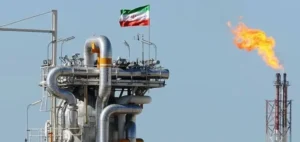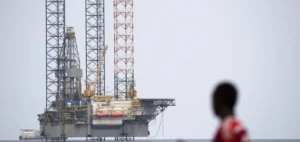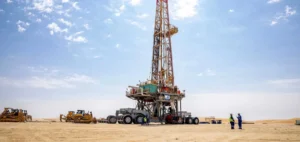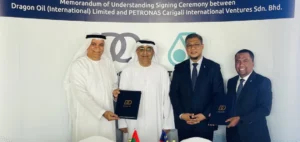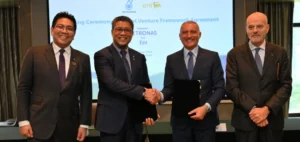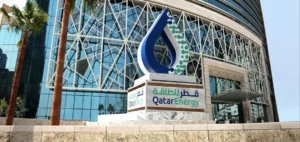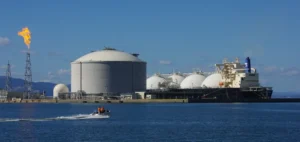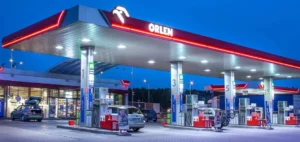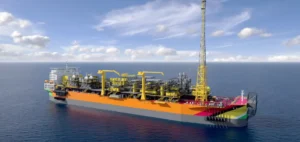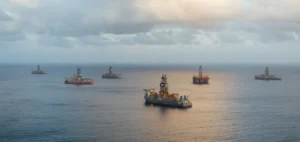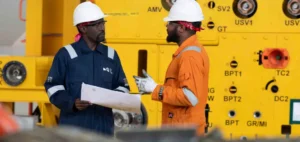After three consecutive sessions of gains, oil prices paused on Thursday, as demand fell short of supply in the U.S. and an uncertain recovery in China. At 10:30 GMT, North Sea Brent crude for April was trading at $85.45 a barrel, up 0.42%, while its U.S. equivalent, WTI for March, was at $78.77, up 0.38%.
The recovery of demand in China
The recovery of demand in China is the main driver of the rise in oil prices. In January, the country imported 11 million barrels per day, and although a slight decline is expected in February, demand is expected to remain stable, according to SPI analyst Stephen Innes. The country’s reopening is raising investor hopes, but it remains “turbulent” due to a new wave of contamination in Covid-19 and a lack of concrete signs of demand recovery, eroding investor hopes.
Oil demand in the United States
Demand for oil in the United States, the largest consumer of crude, is also a key factor to watch. James Harte of TickMill Group reminds us that this is “a major issue” as recent industry data shows that declining demand in the U.S. is a strengthening trend. The weekly report from the U.S. Energy Information Agency (EIA) showed an increase in commercial crude oil reserves of 2.4 million barrels last week in the U.S., and U.S. crude oil production continued to rise.
The natural gas market
On the natural gas side, the Dutch TTF futures contract, considered the European benchmark, was trading at 54.81 euros per MWh, nearing its lowest price since early September 2021. With temperatures expected to remain above average for the next two weeks, significant drawdowns of gas stocks are unlikely to occur, according to Energi Danmark. Analysts believe that “Europe will emerge from the winter in a very strong position for the remainder of 2023.”




